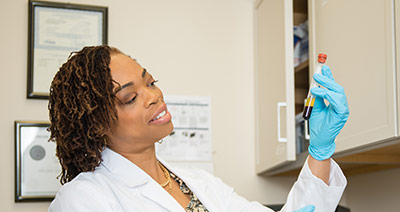Extracorporeal Shock Wave Lithotripsy (ESWL) – Patient Instructions & Post Operative Information
1. The purpose of the Extracorporeal Shock Wave Lithotripsy (ESWL) procedure is to pulverize stones in the urinary tract (both kidney and ureter) into small sand like particles that may be passed spontaneously.
2. The preparation for ESWL would be similar to any procedure under anesthesia. Patients must not eat or drink after midnight prior to the procedure. However, two other important instructions must be followed. First, it is imperative that no blood thinners of any type should have been taken prior to the procedure without having specifically discussed this with your physician. Second, you will have been instructed to take two bottles of magnesium citrate prior to the procedure. This will serve to aid in visualization of the stone.
3. Discomfort and redness at the treatment site are common. While the goal is to reduce the stone to particles small enough to pass painlessly, this is not always possible, especially with larger stones. A prescription for a narcotic analgesic and an antibiotic will be provided. You may use the pain medication for severe pain, or acetaminophen for minor discomfort. If you are experiencing an emergency that cannot be accommodated by an office visit the same or the next business day in either of our locations, please dial 911 or go to your nearest or favorite emergency room and ensure that Dr. Engel or Dr. Tobon are contacted to take part in your care. As a reminder, USW physicians have privileges at Reston Hospital Center, Holy Cross Hospital Silver Spring, and Holy Cross Hospital Germantown.
4. Seeing blood in the urine is very common and almost expected. This is particularly true if a ureteral stent has been placed. Blood in the urine should clear with rest and hydration. Do not resume any aspirin containing medications or anticoagulants without consulting your doctor.
5. Straining the urine post-procedure will enable fragment analysis through your urologist’s office. The particles will look like sand and may be brown, tan, or black. Bring the fragments to your first post-procedure visit with your doctor.
6. In most instances, prior to your discharge, you will be provided with an order to obtain an x-ray of your abdomen. You should bring the actual film, or a CD with the data recorded, to your first post-procedure visit. Your physician will be able to determine the adequacy of your treatment at that time. In some instances, another ESWL, or supplemental treatment will be required.
7. Once you arrive home there are no dietary restrictions. You should increase your fluid intake. No alcohol should be consumed for 24 hours after the procedure.
8. In most instances, normal activity may be resumed in 24-48 hours. If you are taking the narcotic, analgesic, do not drive or operate dangerous machinery.
9. The two main risks of ESWL are bleeding around the kidney and infection due to an obstructing stone. Therefore, if you experience abdominal pain with distention, or fevers greater than 100.5° F at any time after your ESWL or if you are experiencing an emergency that cannot be accommodated by an office visit the same or the next business day in either of our locations, please dial 911 or go to your nearest or favorite emergency room and ensure that Dr. Engel or Dr. Tobon are contacted to take part in your care. As a reminder, USW physicians have privileges at Reston Hospital Center, Holy Cross Hospital Silver Spring, and Holy Cross Hospital Germantown.





